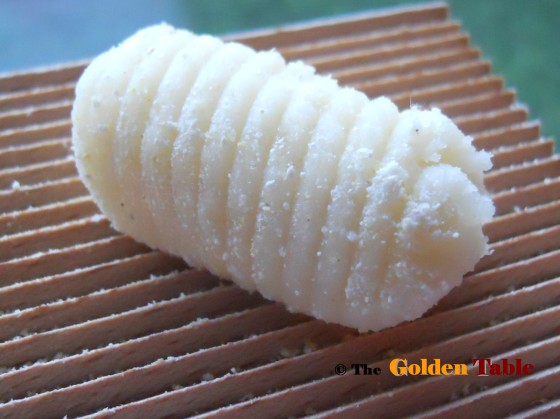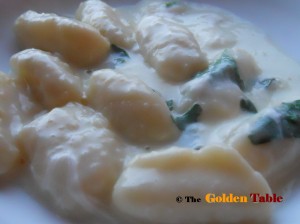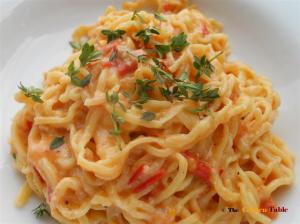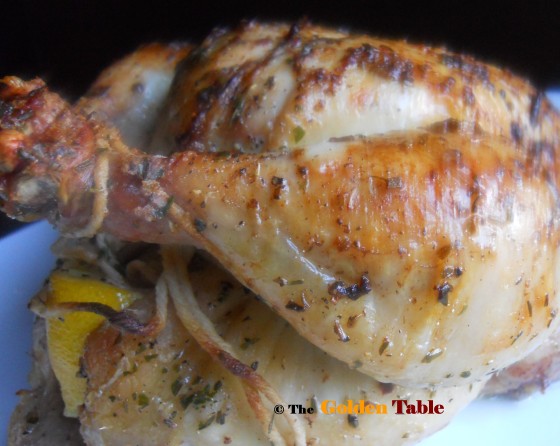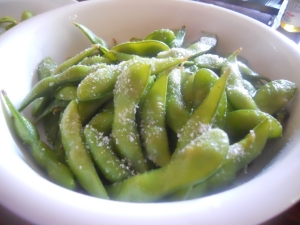My mother made Gnocchi about once a month and they were surely one of my favorite foods. She would always use your average Idaho baking potato; but after a lot of trial and error with different recipes I have concluded that Russet potatoes produce the best texture.
These are light as a feather!
2 pounds Russet Potatoes
1 cup all-purpose flour plus more as needed
1 whole egg
- Boil the potatoes (skin on) in a pot of water. Cook until tender. While still warm, peel off the skin and pass the potatoes through a food mill and onto a clean work surface.
- Add most of the flour to the potatoes and mix into a soft mixture; add the eggs and add more flour as needed. Knead the dough until you have a slightly sticky ball.
- Dust the work surface with some flour. Divide the ball into 4 equal pieces. Roll each piece into a rope-like shape about ¾ inches in diameter, occasionally dusting your hands and the work surface with flour to prevent sticking. Cut the rope into 1-inch pieces.
- Score the gnocchi pieces by flicking them off the inside of a fork. My mother often used the inside of a small wicker basket. These markings allow the sauce to cling to the gnocchi.
- Bring about 6 quarts of water to a boil. Drop about 24 gnocchi into the water. After they float to the top, wait about ten seconds and then remove them from the water with a slotted spoon. Set aside. Continue cooking the remaining gnocchi.
- Toss the gnocchi with your favorite sauce.
You Might Also Like:
